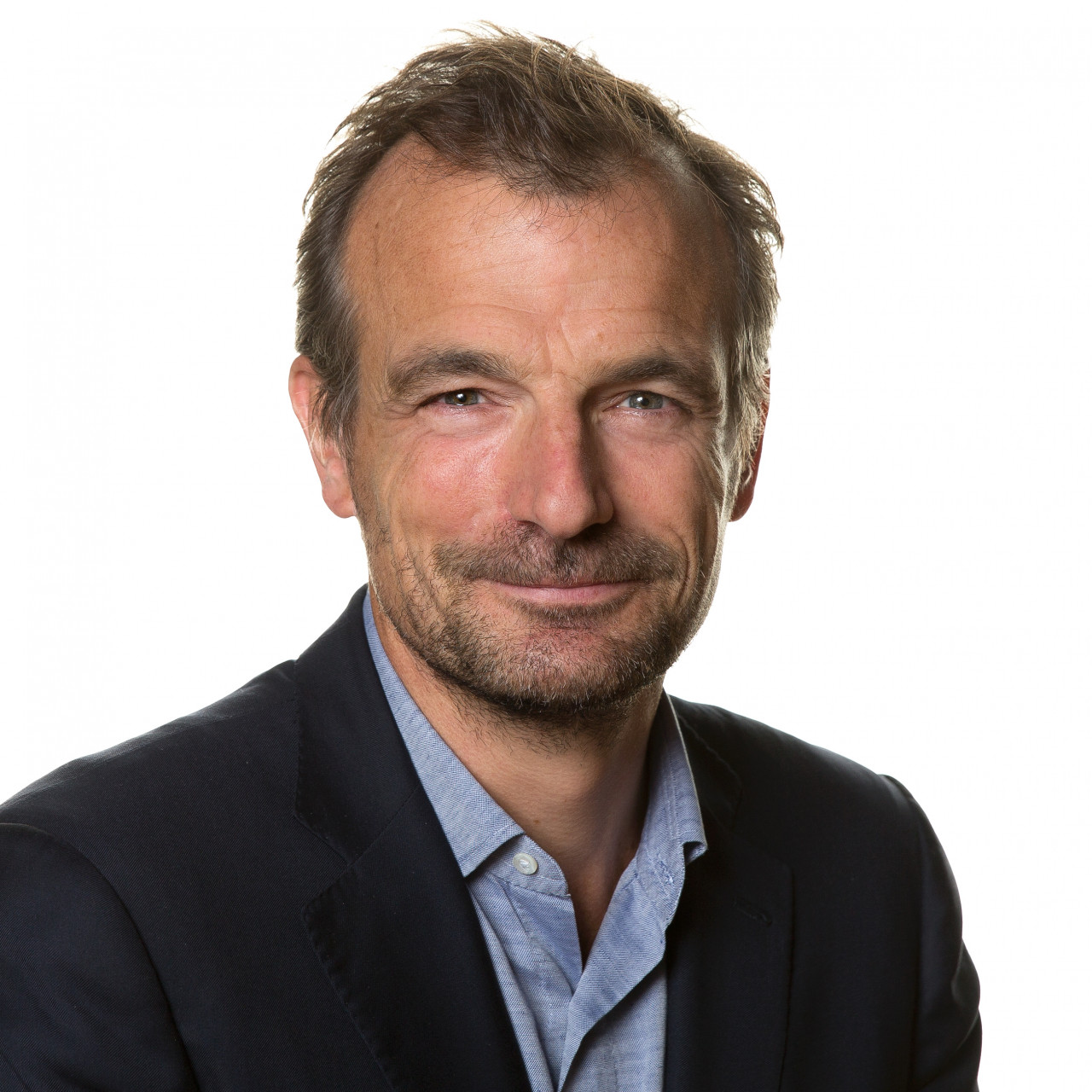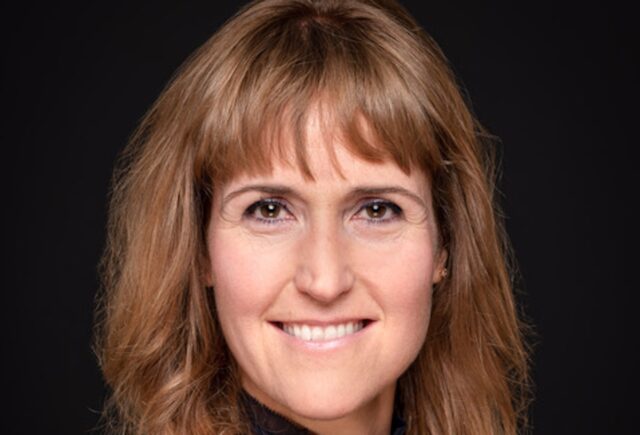Some of the most rewarding impact investments are where traditional financiers still fear to tread. For an Expert View, we talked to TCX’s Per van Swaay about navigating the minefield of currency risk.

In short
- Per van Swaay is Head of Structuring and Sales at frontier markets specialist TCX (The Currency Exchange Fund) in Amsterdam.
- Per has been with TCX since 2010, three years after it was set up to solve currency risks faced by taxpayer-funded development finance institutions (DFIs).
- TCX now provides services in 70 currencies, from Eastern Europe to Central Asia and sub-Saharan Africa.
- Per trained as a lawyer with specialisms in bankruptcy, finance and international tax law, before a stint at Dutch development bank FMO.
You don’t have to go abroad to find opportunities as an impact investor, but many, if not most, are moved by the desire to reduce inequality between the rich world and the developing one.
That means they need to be able to manage a complicated suite of risks – both legal and economic – wherever they put their capital to work. Among the biggest of these is foreign exchange risk.
A badly-drafted investment scheme can leave investors sitting on a pile of devalued local money or leave local borrowers with hard currency debts they can never repay.
As such Per van Swaay, who covers Africa at frontier markets specialist The Currency Exchange Fund (TCX) in Amsterdam argues that hedging through forwards, swaps or options serves the interests of both sides. It can play a key role in enabling poorer societies to develop their own financial markets, unlocking their own economic potential.
“Any business that generates local currency revenue should in principle also finance itself in local currency,” van Swaaij argues. “If you’re a shoemaker in Tanzania, you want to be able to focus on the risks and opportunities of making shoes, not worry about how the Tanzanian shilling is performing against the euro or dollar.”
Not a time to under-appreciate FX risk
The lure of hard currency debt, with its low nominal interest rates, is insidious, he argues. “There’s always this narrow focus on the interest rate differential: when you’re offered a loan in 8% in USD or at 16% in local currency, it’s very, very hard to take the 16%, even if you know that your currency tends to depreciate and is vulnerable to shocks.”
But now is arguably a bad time to under-appreciate foreign exchange (FX) risk. The US Federal Reserve (Fed) appears likely to start tightening monetary policy for the first time since the pandemic started by the end of the year. Stubborn post-pandemic inflation may force it into raising interest rates earlier than expected.

“As soon as dollar interest rates go up, you will see an immediate response in currency markets,” Van Swaay says. “The more liquid markets, like Brazil or South Africa are more immediately affected as investments can easily flow in and out. Frontier markets, like Tanzania or Tajikistan, usually react with some delay,” he explains. “This is a normal process.“
Foreign debt crises, often triggered by Fed tightening, do real, long-lasting damage: Russia’s debacle in 1998 ended its brief flirtation with democracy, paving the way for Vladimir Putin’s squashing of civil rights, triggering often lethal violence in the fight for control of factories and putting the country on a path to renewed conflict with the West.
Zimbabwe’s hyperinflation destroyed the purchasing power of all except a handful of well-connected individuals around the late President Robert Mugabe. Even in Poland, the courts and successive governments have argued for fourteen years over who should pay how much to settle a pile of mortgage loans extended in Swiss francs and euros back in 2007. That’s a 14-year drag on the credit impulse, due to uncertainty over whether millions of potential borrowers are creditworthy or not.
Local currency lending deepens local financial markets
Van Swaay notes that the microfinance industry has probably internalised this lesson better than most. Local currency lending now accounts for around one-third of its total, he reckons.
“Regulation that stops microfinance intermediaries from borrowing dollars and lending in local currency helps, but risk awareness is also generally quite high – and there is a consensus that you don’t want to impose currency volatility on the weakest borrowers” he says.
Another thing that helps is that microfinance interest rates are often much higher than large-scale development finance, owing to the greater credit risks involved. With nominal rates so high, it’s easier to absorb the difference of a few percentage points between euro rates and, say, Kenyan shilling rates.
The indirect impacts of hedging can also be profound. To the extent that it facilitates local currency lending, it deepens the local financial market. It helps create a price for long-term credit, which in turn allows banks to put a price on long-term saving.
This creates a stock of domestic capital that can absorb the shock of foreign capital flight in the event of a downturn. “You’re levelling the playing field, lowering systemic risk, building resilience,” Van Swaay says.
How to deal with capital controls?
However, you’re also transferring some of the risk to yourself. An effective hedge needs to specify repayment in the investor’s original home currency. That can’t always be guaranteed given the capital controls that many frontier economies have in place.
The Russian crisis in 1998 was disastrous for European banks not least because the non-deliverable forward contracts (NDF) they entered into (in order to buy ruble debt at unsustainably high interest rates) didn’t guarantee the speedy repatriation of dollars after the central bank imposed capital controls.
Today, the NDF is still the bedrock of much foreign lending to countries with restricted capital accounts, notably in Asia and Latin America. However, these days it works effectively as a forward contract-for-differences, a sort of spread bet where the underlying sums never change hands in full.
Effectively, lenders get to create a synthetic exposure to another currency without having to set aside lots of capital to cover their risk.
TCX’s hedging products are largely non-deliverable, Van Swaay points out. As an intermediary, “We do not get involved in buying and selling local currency, we don’t guarantee the delivery of dollars. The convertibility risk of the borrower is not covered.”
Promoting local lending in development deals
By targeting small-scale, private-sector borrowers with hedged local currency finance, impact investors have the opportunity to achieve from the bottom up what decades of top-down government-backed development finance has largely failed to do: develop local money and capital markets.
“Most housing, toll roads, energy infrastructure are all done in dollars purely because that’s how development finance developed,” he notes. “It’s stayed this way despite the fact that nowadays a lot of it could be hedged.”
Governments, like Polish mortgage borrowers, can be swayed by the powerful simplicity of a low interest rate. And the cost of hedging can be so expensive as to make it not viable, especially in currencies with a record of high volatility, or stunted local money markets.
But TCX is now trying to convince some governments, such as Kenya and Uganda which already have reasonably developed money markets, to embed currency hedges in local development deals, to mitigate at least part of their exchange rate risk.
Such features, he says, would both reduce the currency risk of incoming investment and make it increasingly easy to use local currency.
“That is a really important transition to make” says van Swaaij. “After all, as a government you want to start recycling your own country’s savings, not just rely on those of developed economies.”





